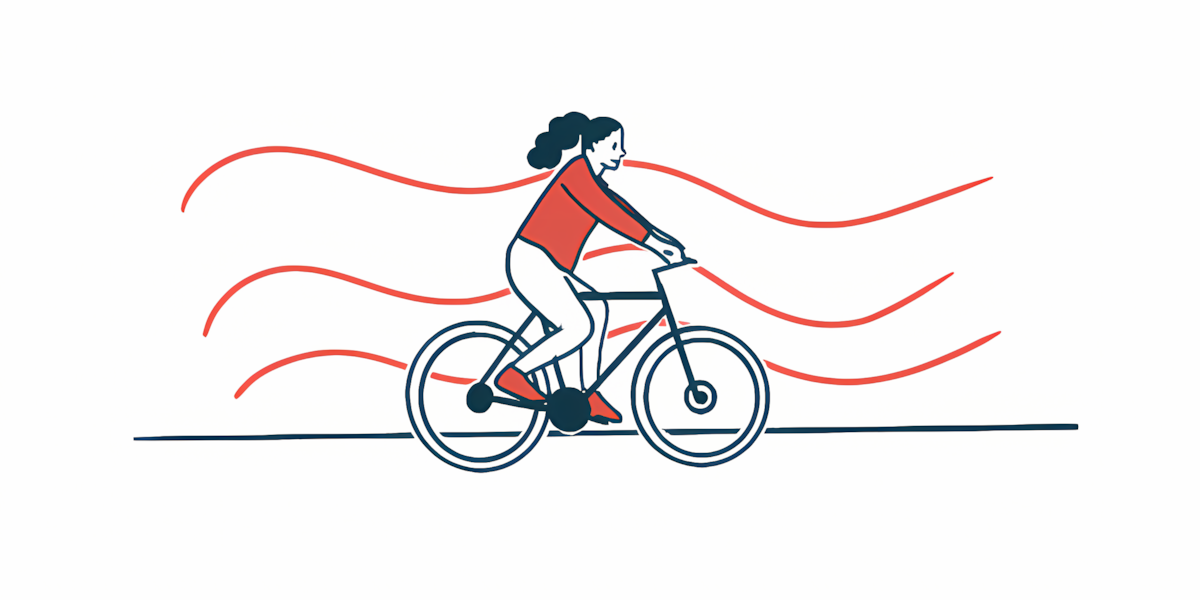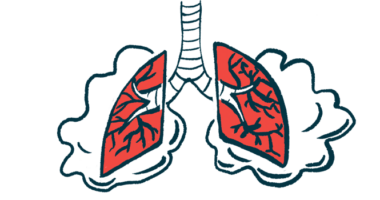Kaftrio may help patients do more higher-intensity exercise: Study
Regular physical activity 'essential' to maintain, improve exercise capacity

Regular exercise improves fitness in adults with cystic fibrosis (CF), and treatment with Kaftrio — a combination of elexacaftor, tezacaftor, and ivacaftor that’s marketed as Trikafta in the U.S. — may help patients engage more in higher-intensity physical activity, a German study suggests.
The study, “Effects of an Exercise Intervention on Exercise Capacity in Adults With Cystic Fibrosis: A Quasi-Experimental Study Comparing Individuals Treated With and Without Elexacaftor/Tezacaftor/Ivacaftor,” was published in Pediatric Pulmonology.
In CF, thick mucus builds up in the lungs and other organs in the body, making breathing and exercising difficult. CFTR modulators, such as Kaftrio, have been shown to help improve lung function and quality of life.
However, it is unclear how Kaftrio affects exercise ability in people with CF, as previous studies of CFTR modulators had inconsistent results. This study set out to explore the effects of exercise on fitness in adults with CF, comparing those on Kaftrio with those not on it.
56 adults with CF participated in 3.5 weeks of exercise program
The study analyzed 56 adults diagnosed with CF who took part in a rehabilitation program consisting of a 3.5-week exercise intervention. All participants were in stable health and continued on their medications throughout the rehabilitation period. A total of 39 were on Kaftrio and 17 were not.
The program included five 45-minute sessions each week, with three endurance sessions using a stationary bike that measures the amount of work done by pedaling, one resistance training session to build strength endurance, and another session of various sports activities. The program was supervised by physiotherapists and sports therapists.
Two key outcomes were measured: VO2peak (the maximum amount of oxygen a person can use during exercise) and Wpeak (the maximum power output achieved during exercise) to assess fitness improvements.
Exercise led to significant increases in both VO2peak and Wpeak for all patients, regardless of whether they were on Kaftrio. Both groups experienced similar improvements in fitness. However, patients with lower fitness levels at the start of the program (defined as having a VO2peak of 81% or less of the predicted value) showed greater improvements than those who were already fitter.
Changes in weight and body mass index, a measure of body fat, were not statistically significantly. Lung function, assessed with a measure called percent predicted forced expiratory volume in 1 second, remained unchanged.
Interestingly, patients on Kaftrio spent more time doing physical activity at higher intensities compared with those not taking Kaftrio. There was also a positive link between very high exercise intensity and both VO2peak and Wpeak in patients on Kaftrio.
All patients improved exercise capacity after program
In conclusion, both groups showed improvements in exercise capacity after the program, regardless of treatment. However, Kaftrio appeared to help people engage in more intense physical activities.
“Despite the effectiveness of CFTR modulators, regular [physical activity] and exercise remain essential to maintain and improve exercise capacity in [people with CF],” the investigators wrote.
Among the study’s limitations was the short duration of the exercise program, which precludes conclusions about long-term benefits.
“This underscores the critical need for real-world studies to translate research findings into practical applications for individuals with cystic fibrosis,” the researchers added.









